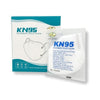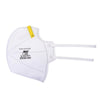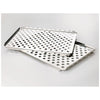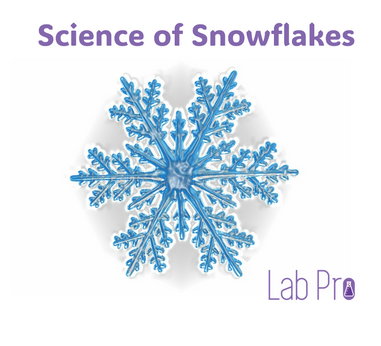- No products in the cart.
High school chemistry experiments are a critical part of the science curriculum, providing hands-on experience that helps students understand complex chemical concepts. To conduct these experiments effectively, having a well-stocked lab with essential chemicals is crucial. Here, we outline the top 10 must-have chemicals for your high school chemistry lab, ensuring you’re prepared for a wide range of experiments.
1. Hydrochloric Acid (HCl)
Hydrochloric acid is a strong acid used in various titration experiments to determine the concentration of unknown bases. It's also essential for studying reactions with metals and carbonates. Always handle HCl with care, using proper protective equipment, as it is highly corrosive.
2. Sodium Hydroxide (NaOH)
Sodium hydroxide, a strong base, is another cornerstone of acid-base titrations. It’s also used in experiments involving saponification (soap-making) and neutralization reactions. Like hydrochloric acid, sodium hydroxide is highly caustic and requires careful handling.
3. Sulfuric Acid (H2SO4)
Sulfuric acid is used in various experiments, including dehydration reactions and synthesis of other chemicals. It’s a strong acid and dehydrating agent, making it versatile but also dangerous. Proper storage and handling are imperative to ensure safety.
4. Ethanol (C2H5OH)
Ethanol is a versatile solvent used in many organic chemistry experiments. It's also used in fermentation experiments and as a fuel in some reactions. Ethanol is flammable, so it should be handled away from open flames and stored in a cool, dry place.
5. Sodium Bicarbonate (NaHCO3)
Sodium bicarbonate, commonly known as baking soda, is a weak base used in neutralization reactions and as a leavening agent in baking experiments. It’s also involved in demonstrating gas evolution reactions, like the classic vinegar and baking soda experiment.
6. Copper(II) Sulfate (CuSO4)
Copper(II) sulfate is used to demonstrate electrolysis and various chemical reactions, including displacement reactions and the formation of complex ions. It’s also used in crystal-growing experiments, which are visually engaging for students. Copper(II) sulfate should be handled with care, as it can be harmful if ingested or inhaled.
7. Magnesium Ribbon (Mg)
Magnesium is a reactive metal used in combustion experiments to demonstrate exothermic reactions. It’s also used in reactions with acids to produce hydrogen gas. Magnesium burns with a bright white flame, which should be observed with caution to avoid eye damage.
8. Acetic Acid (CH3COOH)
Acetic acid, the main component of vinegar, is a weak acid used in titration experiments and to demonstrate acid-base reactions. It’s less hazardous than strong acids, making it suitable for introductory experiments. However, concentrated acetic acid should still be handled with care.
9. Ammonium Hydroxide (NH4OH)
Ammonium hydroxide, or aqueous ammonia, is a weak base used in experiments involving complex ion formation and precipitation reactions. It’s also useful for studying pH changes and neutralization reactions. Ammonium hydroxide emits strong fumes, so it should be used in a well-ventilated area or under a fume hood.
10. Calcium Carbonate (CaCO3)
Calcium carbonate is used in various experiments, including those demonstrating the reaction of acids with carbonates to produce carbon dioxide gas. It’s also a key component in studies of geological processes and the carbon cycle. Calcium carbonate is safe to handle but should be kept away from strong acids to prevent unwanted reactions.
Safety First
While having the right chemicals is essential, safety is paramount in any chemistry lab. Here are some general safety tips to keep in mind:
- Wear Protective Gear: Always wear PPE, safety goggles, gloves, and lab coats to protect yourself from chemical splashes and spills.
- Understand Chemical Properties: Before using any chemical, familiarize yourself with its properties, hazards, and safe handling procedures.
- Use Fume Hoods: Conduct experiments involving volatile or harmful fumes in a fume hood to ensure proper ventilation.
- Label and Store Chemicals Properly: Ensure all chemicals are correctly labeled and stored according to their hazard classifications.
- Know Emergency Procedures: Be aware of the location and proper use of safety equipment, such as eyewash stations, safety showers, and fire extinguishers.
Conclusion
Stocking your high school chemistry lab with these essential chemicals will prepare you for a wide range of educational and engaging experiments. From demonstrating basic acid-base reactions to exploring complex ion formation, these chemicals provide a solid foundation for a comprehensive chemistry education. Always prioritize safety and proper handling procedures to create a safe and effective learning environment. With these must-have chemicals, your chemistry lab will be well-equipped to inspire and educate the next generation of scientists.












































